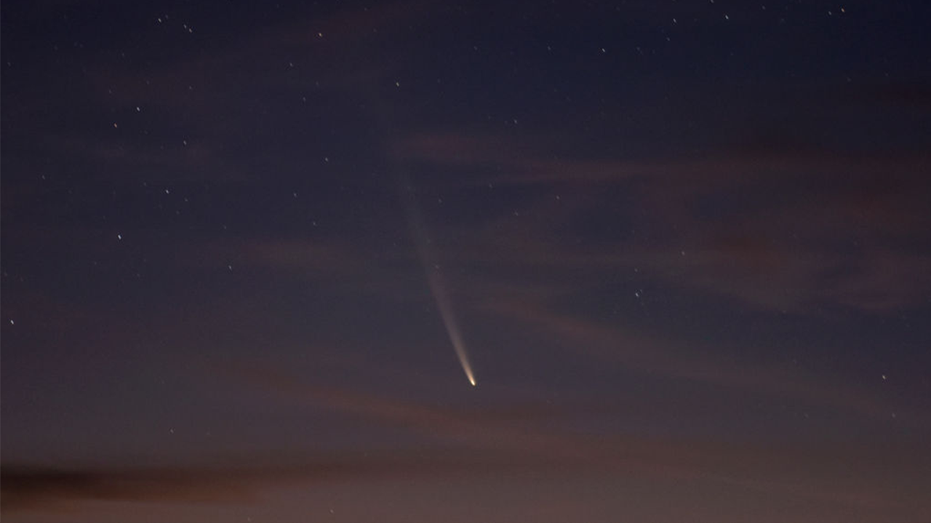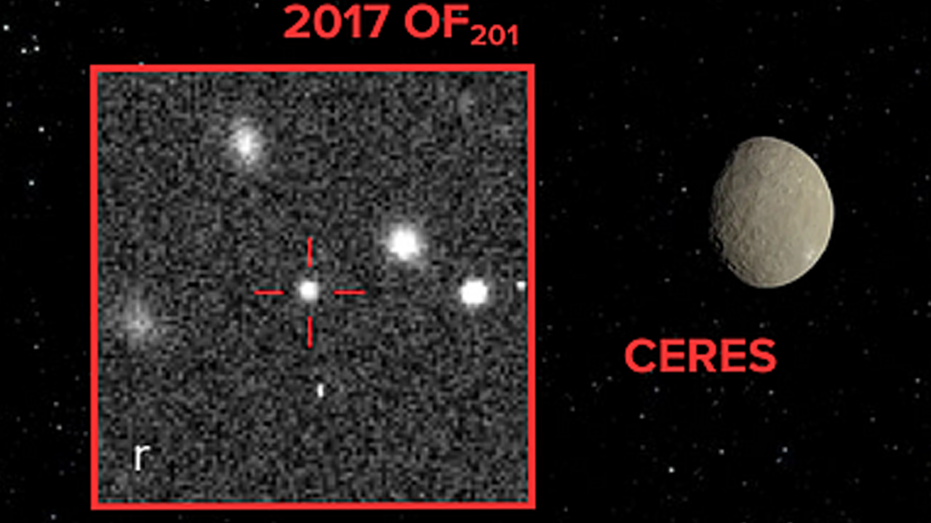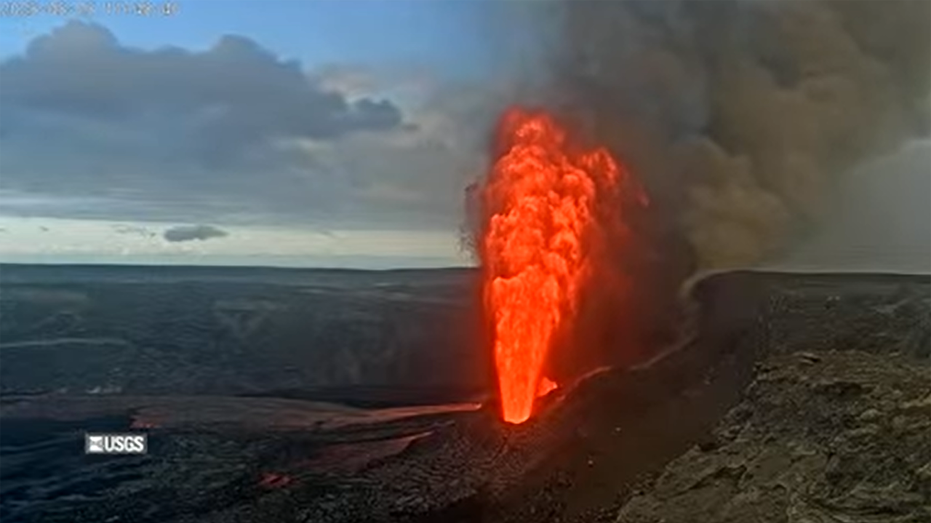Comet Visible from Earth for First Time in 80,000 Years: 'Most Anticipated Comet of the Year'

Sarah Johnson
March 3, 2025
Brief
Comet Tsuchinshan-ATLAS (A3), visible for the first time in 80,000 years, lights up Earth's skies from September 27 to October 20. Don't miss this historic celestial event.
A celestial event not seen since the days humans were still figuring out fire is happening right now. Comet Tsuchinshan-ATLAS, also known as Comet A3, is gracing Earth’s skies for the first time in over 80,000 years. Stargazers are calling it the "most anticipated comet of the year," and honestly, who can blame them?
The comet first became visible on September 27 and will remain so until just before dawn on October 2. Experts predict it will look like a fuzzy star sporting a dramatic tail streaking across the sky—serious main-character energy in the universe right now.
Minjae Kim, an astronomy expert at the University of Warwick, explained, "C/2023 A3 has an orbital period of approximately 80,000 years, classifying it as a long-period comet. This means its behavior and appearance can be unpredictable, with potential changes in brightness and tail development as it approaches the sun." Translation: It's got a flair for the dramatic, and we love that for it.
September 27 also marked the comet’s perihelion, the closest it gets to the sun on its orbit. Now it’s beginning its long journey back to the far reaches of the solar system, according to WKMG. But fear not—there’s still another window of opportunity to catch this cosmic superstar. If the comet survives its sun-kiss (and doesn’t break apart), it’ll be closest to Earth and most visible between October 12 and October 20. During this time, it might even be visible to the naked eye. If not, a pair of binoculars or a small telescope should do the trick.
Starwalk, an app for astronomy enthusiasts, dubbed this comet the "most anticipated comet of the year." With its dazzling potential and historical significance, it’s easy to see why. After all, once it disappears, it won’t be back for another 80 millennia. That’s some serious FOMO for anyone who misses it.
So, grab your stargazing gear, plan a late-night outing, and take a moment to appreciate this once-in-a-lifetime (or, let’s be real, once-in-80,000-lifetimes) event. Who knows? You might just catch a glimpse of history blazing across the night sky.
Topics
Editor's Comments
I mean, can we talk about how wild it is that this comet last swung by when woolly mammoths were just chilling on Earth? Also, love how comets always bring the drama—tails, unpredictability, near-sun meltdowns. Truly the divas of the cosmos.
Like this article? Share it with your friends!
If you find this article interesting, feel free to share it with your friends!
Thank you for your support! Sharing is the greatest encouragement for us.



